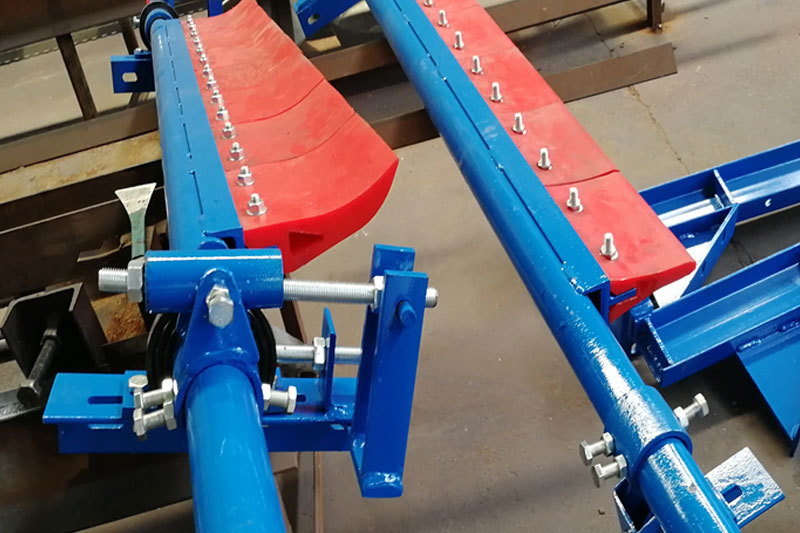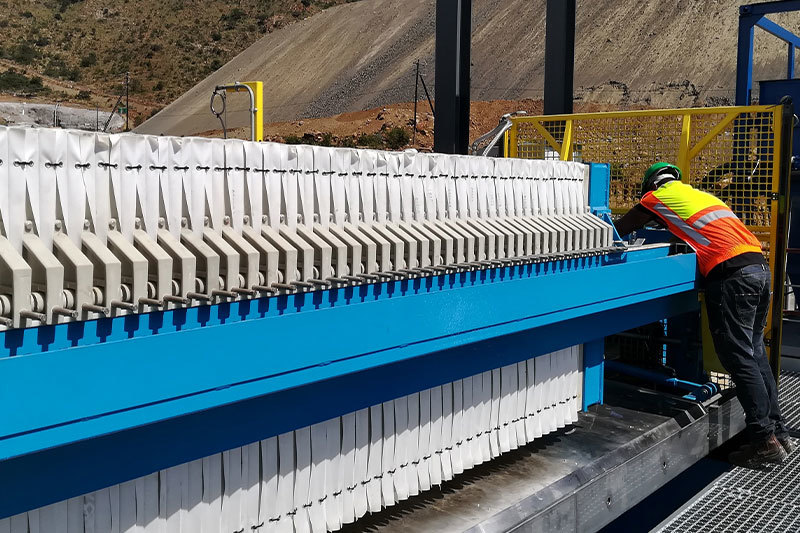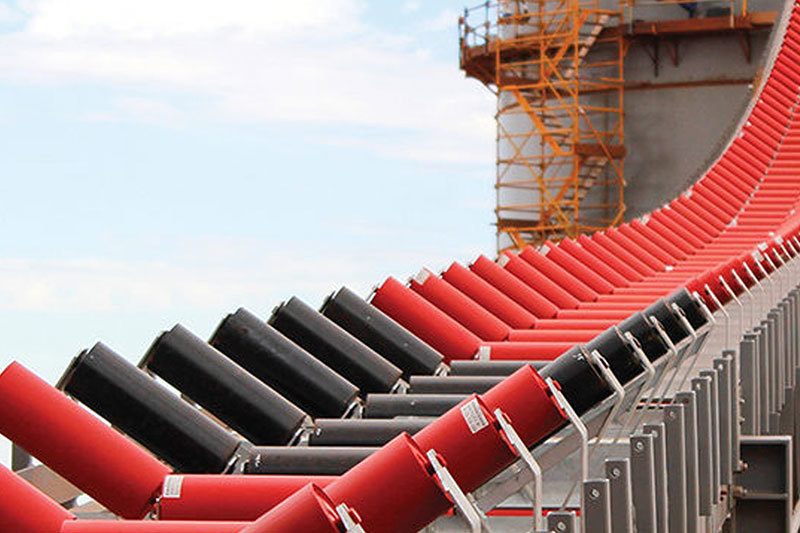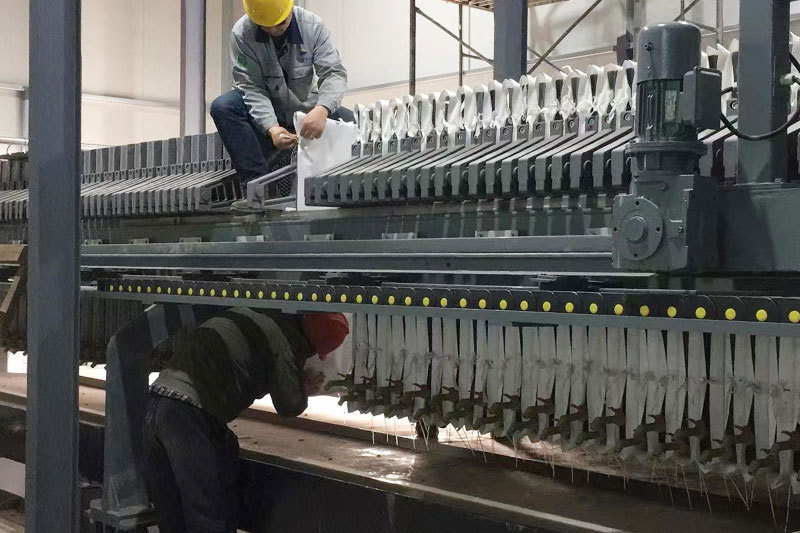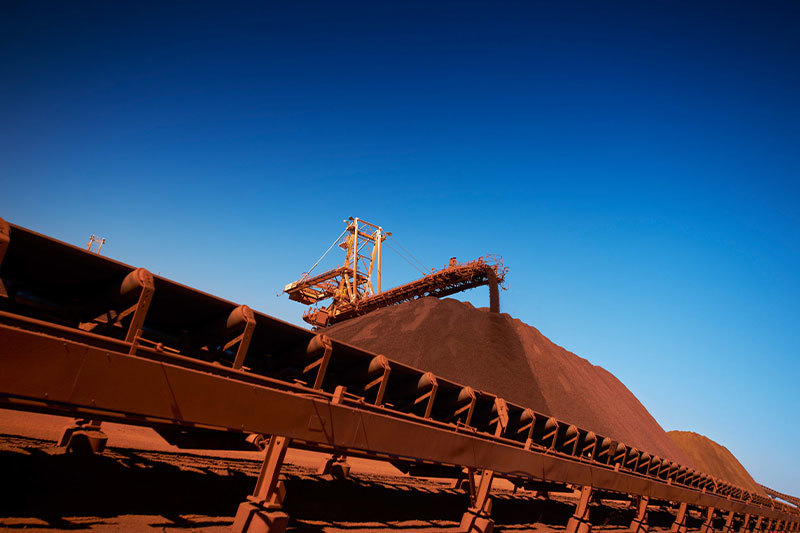How to improve the service life of heat-resistant conveyor belt
Release time:
2023-07-06
There is a fundamental difference between the selection of heat-resistant conveyor belts and ordinary conveyor belts.

There is a fundamental difference between the selection of heat-resistant conveyor belts and ordinary conveyor belts.
The connection between the transmission roller diameter and the fabric layer of the heat-resistant conveyor belt, the cooperation between the transmission roller and the reversing roller, and the requirements for the groove angle of the idler roller should be reasonably selected according to the planning rules of the conveyor. the
The feeding direction should follow the running direction of the conveyor belt. In order to reduce the impact of the material on the conveyor belt when the material falls, a chute should be used to reduce the falling interval of the material; the interval between the rollers should be shortened in the receiving section of the conveyor belt, and a buffer roller with air leakage should be selected. the
The conveyor belt generally uses a soft and moderate baffle to prevent the baffle from being too hard and scratching the belt surface of the conveyor belt. the
The deviation of the conveyor belt should be corrected in time. the
Conveyor belts of different types and standard layers are not suitable for joining together, and the joints must use the glue connection method. the
The type, structure, standard, and number of layers of the conveyor belt should be reasonably selected according to the operating conditions. the
The running speed of the conveyor belt is generally not greater than 2.5m/s, and the unloading equipment for materials with large lumps and abrasiveness and fixed pears should be as low as possible. the
During the use of the conveyor, if any idler is missing, it should be added and repaired in time; the idler is covered by the material, and the reverse cannot work normally, so as to prevent the material from being stuck between the roller and the belt and leaking. the
Conveyor belts must not be greasy. the
Avoid heat-resistant belts becoming clogged with frames, struts or bulk material, and avoid breaking and tearing. When the conveyor belt is found to be damaged, repair it with artificial cotton in time to avoid widening.
When choosing a conveyor belt, it is necessary not only to choose the most suitable belt, but also to choose the most suitable belt strain, but also subject to chemical mechanical stress; the temperature of the conveyed material and the surface temperature of the belt depend on the composition, nature, appearance, structure of the material , shape and particle size. the
However, for coke or sinter, if the temperature of the bulk material is 150°C and the contact area of the belt is small, the surface temperature of the belt can be kept at 60~80°C.
Keywords:
More information



